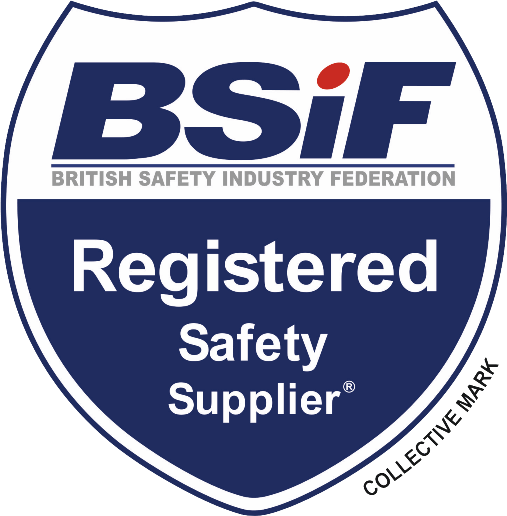We’re into early Autumn so it’s time to ramp up stock on the Waterproof products.
EN ISO 20345:2011 has a few different certifications of water resistance and water repellency.
Read on to learn more.
Important Information
The most common misconception in the industry by far is the difference between the markings of Water Resistant (WR) and Water Repellent Upper (WRU).
WRU means the boot has some resistance to water from the upper.
WR means the boot has a waterproof membrane and is certified as waterproof.
It’s most important to note that WRU is a requirement of S3 marked footwear, whereas WR must be listed separately. WR however, is a requirement of S5 (i.e. Wellingtons)
Footwear markings and test methods:
WRU: The test method for this certification involves a sample piece of leather flexed in water 60 minutes. The increase in mass and any leakage is recorded. 0.2g is the limit of leakage before the test is recognised as a failure.
WR Method 1: We believe, the stricter of the two methods, a style is submerged in a water tank 20mm above the featherline. Note: The Featherline is where the sole is bonded to the upper. The footwear is then flexed for 80 minutes, around 4800 flexes. A tolerance of 3cm2 of leakage is permitted.
WR Method 2: An alternative accepted method is 1000 paces through 3cm of water in a trough. (Note: In most Rock Fall products designed for outdoor use, this is around the height of the sole unit.) A tolerance of 3cm2 of leakage is permitted.
Rock Fall don’t use the alternative method (method 2) to certify the WR marking.
We also enhance the used test method to a minimum of 8 hours instead of 80 minutes.
For styles that we construct for the harshest environments we use premium Non-EPTFE waterproof membranes that are enhanced tested for 100 hours.
Importance of other components:
Ensure that when buying waterproof footwear that it has been manufactured with non-wicking materials, i.e. laces and padding, otherwise water and moisture will enter the shoe over the waterproof lining.
#1 Leather
We have previously come across footwear that has been sold as having ‘Waterproof Leather’.
Leather can be treated and tanned to have additional water repellency but it cannot be fully waterproof.
A style that is constructed using leather and a normal moisture wicking foam lining will pass certification for WRU. This is why most S3 footwear is made with leather construction.
Without a waterproof membrane, leather alone will not pass the WR certification and will not be waterproof.
If your customer is working in wet conditions wearing footwear that is only certified to WRU, they will get wet feet.
#2 EPTFE Membranes
Until recently, arguably the most widely used membranes in the outer wear, clothing and footwear sector.
An EPTFE Membrane is an incredibly thin inert material that blocks out wind and water. Using this in footwear will make it fully waterproof.
It is usually paired with a layer of foam to wick away moisture (sweat) however the sweat cannot escape – think about a one way street, which can cause the footwear to be uncomfortable over long periods.
This material also causes the foam lining to create pools of moisture.
Of the available technologies, it is the most damaging to the environment.
Rock Fall do not use these membranes in our products.
#3 Non-EPTFE Membranes
A newer technology, non-EPTFE Membranes are made of several materials to create a laminate.
To the outside, it has protective layer that will not allow water to pass through and a hydrophilic membrane to wick away moisture from the inside.
The innovation comes in an intermediate layer that spreads out the moisture, making it disperse much quicker.
It has variable performance depending on the activity level of the wearer.
Rock Fall use a high grade version of this product that is waterproof flex tested to the WR standard. We have certified styles that feature the Sympatex Moisture-tech® Membrane to 100 hours flexing, this is 75 times longer than the European standard.
It is much kinder to the environment than other Membranes.
Greenhouse Gas Comparison
EPTFE
GHG per kilo CO² equivalent:
22KG per Kilo
Non-EPTFE
GHG per kilo CO² equivalent:
14KG per kilo
Production of Non-PTFE materials emit 36% less Greenhouse Gases per Kilo
#4 The Future
It’s clear to see the benefits of moving to newer membranes and the journey is only just beginning.
Rock Fall and their supply chain have a commitment to increasing the amount of recyclable materials in our footwear. Including using recyclable waterproof membranes. We have set a timescale to achieve this by 2020, look-out for the Rock Fall 2020:vision report coming in 2018.


